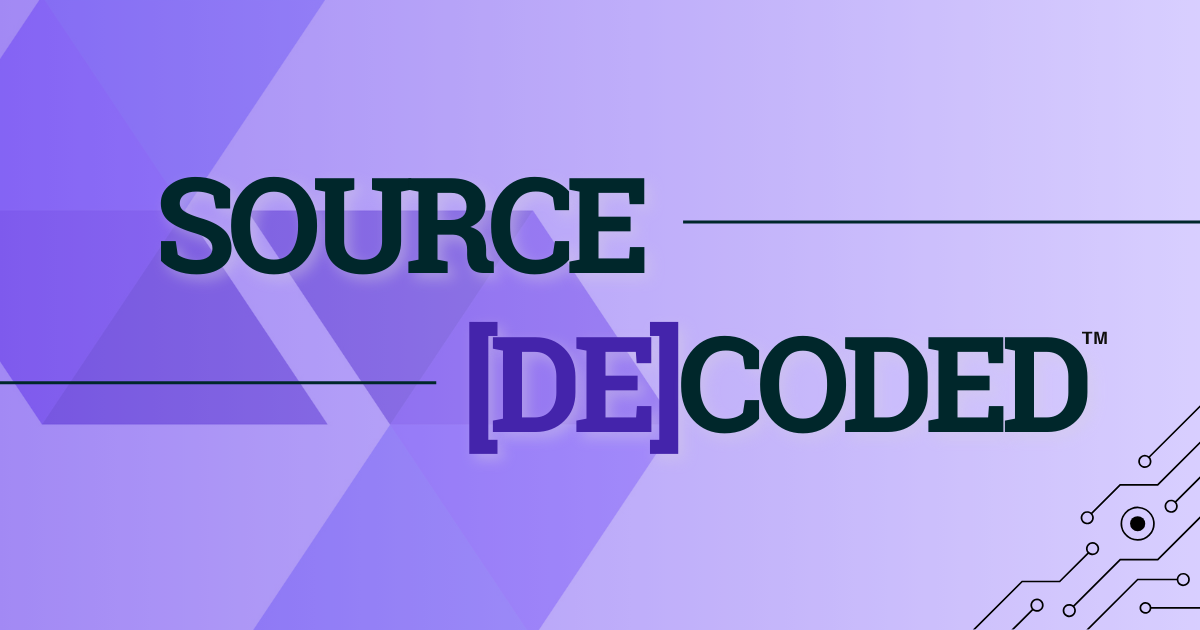Hey all! Were any of you Niners fans ‘sick’ yesterday with a broken heart? 😅 So…we couldn’t help ourselves and had to jump on the Super Bowl insights bandwagon. We did some quick thinking on the use of QR codes and how effective they might be, customized product launches, and the interesting approach Pfizer took with advertising to a B2B audience on a B2C medium. Check it out and let us know what you think!
Side note – did you see what we did?
Conversion or Distraction?: Super Bowl advertisers used QR codes to get consumers to take action
TL;DR: The Super Bowl commercials tried really hard this year to get viewers to convert. Many of them – including TurboTax and NYX – included QR codes to scan. Apple encouraged viewers to log onto Apple Music after Usher’s halftime show. Snapchat and Pfizer asked viewers to visit a custom website. Ryan Reynolds even timed a trailer for the new Deadpool movie to be released on social media with a pre-game ad.
Takeaway: Converting viewers is hard. Especially with less trackable ad buys like commercials or OOH formats. So, the gut reaction to create a QR code or tangible next action for viewers makes sense. But we also have to be real with ourselves… as a viewer, would you scan the QR code just after watching an ad? Would you remember a whole URL to visit a website? Viewers need to be incentivized to take that next action. Even though it doesn’t seem like asking a lot, when viewers are overstimulated with the event, taking action on a brand’s ad can still be a big jump. Brands need to make the barrier for entry easy, provide a clear and worthwhile benefit to engaging, and combine it with engaging creative that gets people excited.
Consider:
- What CTA complements the original format of your advertising? QR codes are usually the easiest, but an easy-to-remember link might be just as useful.
- Do you even need a CTA? It seems counterintuitive, but sometimes having really strong creative without a push to the next action can, in turn, convince audiences to seek more information about your brand or product.
Making product launches relevant: Bluesky launched custom feeds for the Super Bowl – with and without Taylor Swift
TL;DR: To take on live posting competition from Twitter/X, alternative social network Bluesky launched custom timeline feeds for Super Bowl fans. One feed showcased conversations around the big game, while another included news about Taylor Swift cheering on her boyfriend Kansas City Chiefs tight end Travis Kelce. The custom experience also demonstrated Bluesky’s support for algorithmic choice as a decentralized version of Twitter.
Takeaway: Timing a new product launch with a core feature aligned with their mission is a really strong move. It also emphasizes how important framing a story can be to any product launch. Bluesky could have had a keynote presentation talking about their differentiating factors from Twitter and other social networks while announcing their new decentralized features. A move that may have been successful, but is deeply steeped in industry jargon and may only feel important to those invested in social platforms or new tech. Adding the feature in the context of Super Bowl conversations adds urgency to the announcement, makes it tangible and understandable for the average user, and provides a rebuttal to the question, “Is X the only social network for live posting about events?”
Consider:
- When planning a product launch, who are you trying to reach? Is it those already in the know or is it a wider, more generic audience?
- Depending on your audience, is the story you’re telling the right one? Could you make it more interesting with manufactured urgency or a connection to a larger story?
B2B2C Ads: Pfizer’s Super Bowl ad debut features cancer treatments
TL;DR: Pfizer debuted their first-ever Super Bowl ad on the topic of fighting cancer. The ad used Queen’s hit song “Don’t Stop Me Now” alongside images reanimating the history of science featuring Sir Isaac Newton, Galileo, and Albert Einstein among others. The ad finished with a CTA to Pfizer’s site, LetsOutdoCancer.com.
Takeaway: Pfizer faced two challenges with this campaign: advertising their scientific commitments to a consumer-facing audience and covering a darker, difficult subject matter like cancer treatments. Their focus on the history of scientific achievements showcases their mission of being at the forefront of treatments – like these historic figures – and makes it easier to approach the difficult conversations that come with those treatments. And while the average viewer won’t necessarily buy a product from Pfizer, we know that more general advertising can have effects on B2B success. Whether it’s reaching B2B buyers in their downtime or reaching a B2C audience who has influence with B2B buyers (such as a patient asking a doctor for a specific treatment), these wide-ranging opportunities hold a lot of value.
Consider:
- We often think of this sort of consumer-facing advertising as mostly for a B2C audience. But if you’re a B2B company, you might still find value here. Is there an opportunity in testing out an ad format that isn’t typically in your industry’s rotation?
- How can you simplify and make your campaign more approachable? If your subject is complex and potentially tough, like Pfizer’s, can you put a lighter spin on it?



